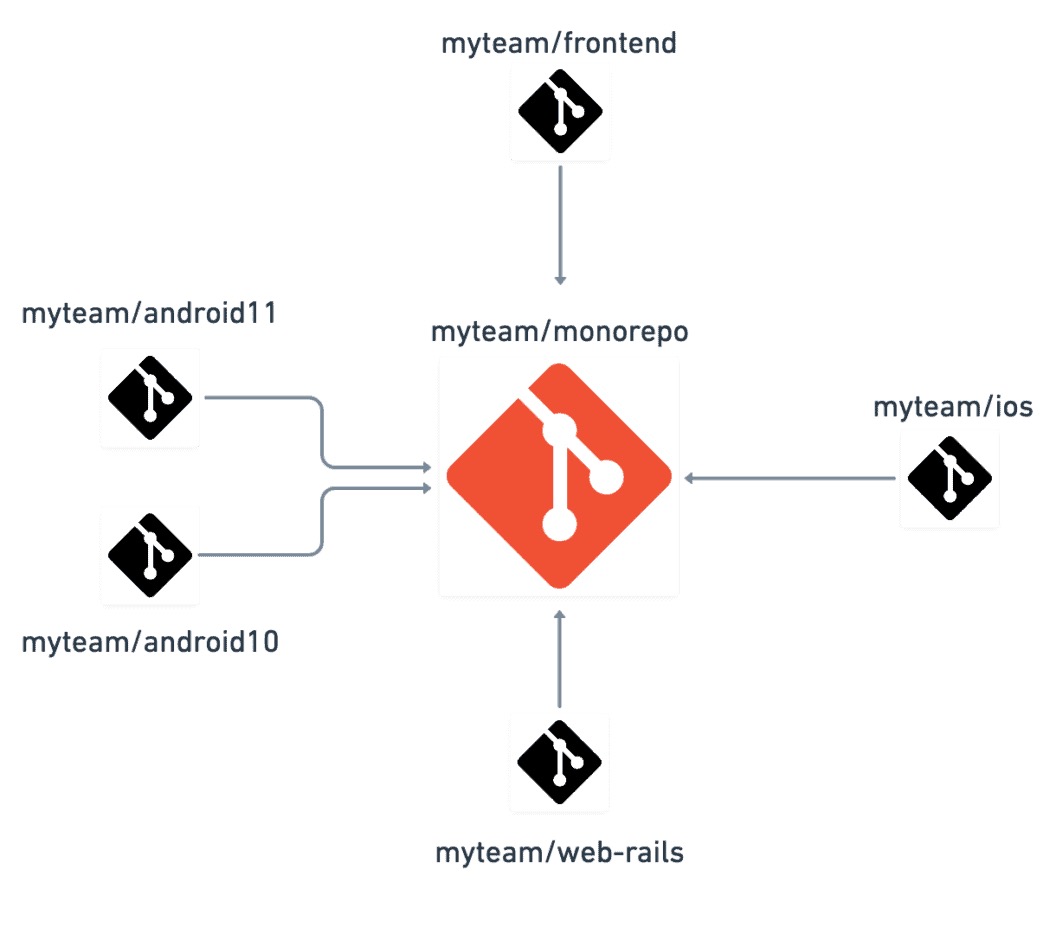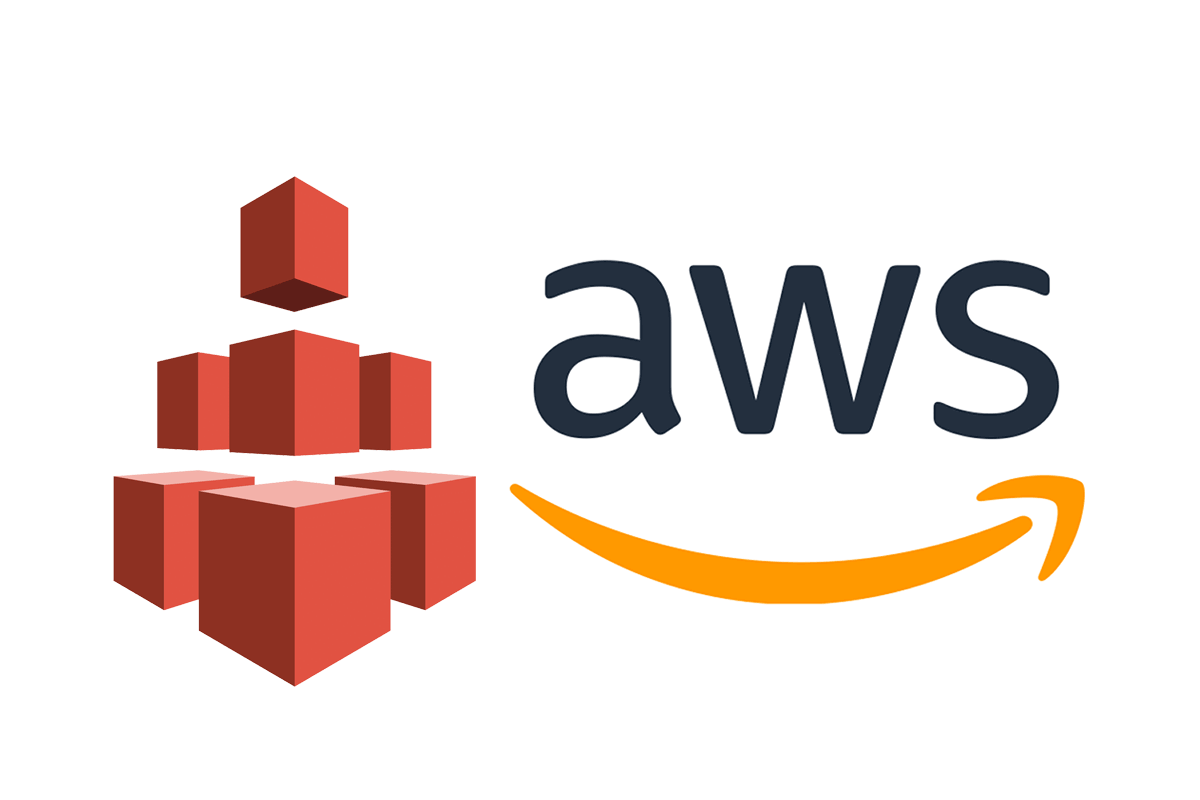The MAANG companies (Microsoft, Amazon, Apple, Netflix, and Google) are at the forefront of technological innovation, and their codebases are among the largest and most complex in the world. Managing such vast amounts of code requires sophisticated storage solutions that ensure scalability, reliability, and efficiency. In this blog, we will explore how these tech giants store their code, delving into the detailed storage methods they employ.

Version Control Systems
At the heart of code storage for MAANG companies are advanced version control systems (VCS). These systems track changes to code over time and allow multiple developers to collaborate on projects.
Git: Most MAANG companies use Git as their primary VCS. Git is distributed, meaning that every developer has a full copy of the entire history of the project. This makes it highly scalable and resilient.
Custom Extensions: Companies like Google and Microsoft have developed custom extensions to Git to handle their unique needs. For example, Google's Piper system is built on top of Git but adds additional features for managing large-scale repositories.
Distributed Repositories
To manage massive codebases efficiently, MAANG companies often use distributed repository architectures.
Monorepos: Many of these companies adopt monorepo strategies where all projects are stored in a single repository. This approach simplifies dependency management and cross-project collaboration. For instance, Google's entire codebase is stored in a single monorepo.
Multi-Repository Models: Some companies like Amazon use a multi-repository model where different projects are stored in separate repositories but are still interconnected through sophisticated dependency management tools.

Cloud-Based Storage Solutions
Cloud storage plays a crucial role in how MAANG companies store their code.
GitHub Enterprise: Microsoft's acquisition of GitHub has led to widespread adoption of GitHub Enterprise within the company. This platform provides secure, scalable, and highly available code storage.
Google Cloud Source Repositories: Google uses its own Cloud Source Repositories service for storing and managing code. This service integrates seamlessly with other Google Cloud tools like Cloud Build and Cloud DevOps.
Amazon CodeCommit: Amazon Web Services (AWS) offers CodeCommit as part of its suite of developer tools. CodeCommit provides secure version control hosting for Git repositories.
High-Performance Storage Infrastructure
To support rapid development cycles and continuous integration/continuous deployment (CI/CD) pipelines, MAANG companies invest heavily in high-performance storage infrastructure.
Solid-State Drives (SSDs): Many data centers operated by these companies use SSDs for storing active code repositories due to their high read/write speeds.
Distributed File Systems: Technologies like Google's Colossus or Amazon's Elastic File System (EFS) provide distributed file systems that can handle large-scale data storage needs while ensuring high availability and performance.

Security and Compliance
Given the sensitive nature of their codebases, security and compliance are top priorities for MAANG companies.
Access Control: Fine-grained access control mechanisms are implemented to ensure that only authorized personnel can access specific parts of the codebase.
Encryption: Both at rest and in transit encryption are used to protect code from unauthorized access. For example, Google encrypts all data stored in its repositories using industry-standard encryption algorithms.
Compliance Tools: Companies use compliance tools to ensure adherence to regulatory requirements such as GDPR or HIPAA when storing code that may contain sensitive information.
Conclusion
Storing code for MAANG companies is a complex task that requires a combination of advanced version control systems, distributed repositories, cloud-based storage solutions, high-performance infrastructure, and robust security measures. By leveraging these technologies together, these tech giants can manage their vast codebases efficiently while supporting rapid innovation and collaboration among their developers.
As technology continues to evolve, it will be interesting to see how these companies adapt new storage methods to further enhance their development processes. For now though, it's clear that behind every successful tech giant lies a sophisticated code storage strategy designed to handle scale and complexity with ease.
Thank you for reading till here. If you want learn more then ping me personally and make sure you are following me everywhere for the latest updates.
Yours Sincerely,
Sai Aneesh

